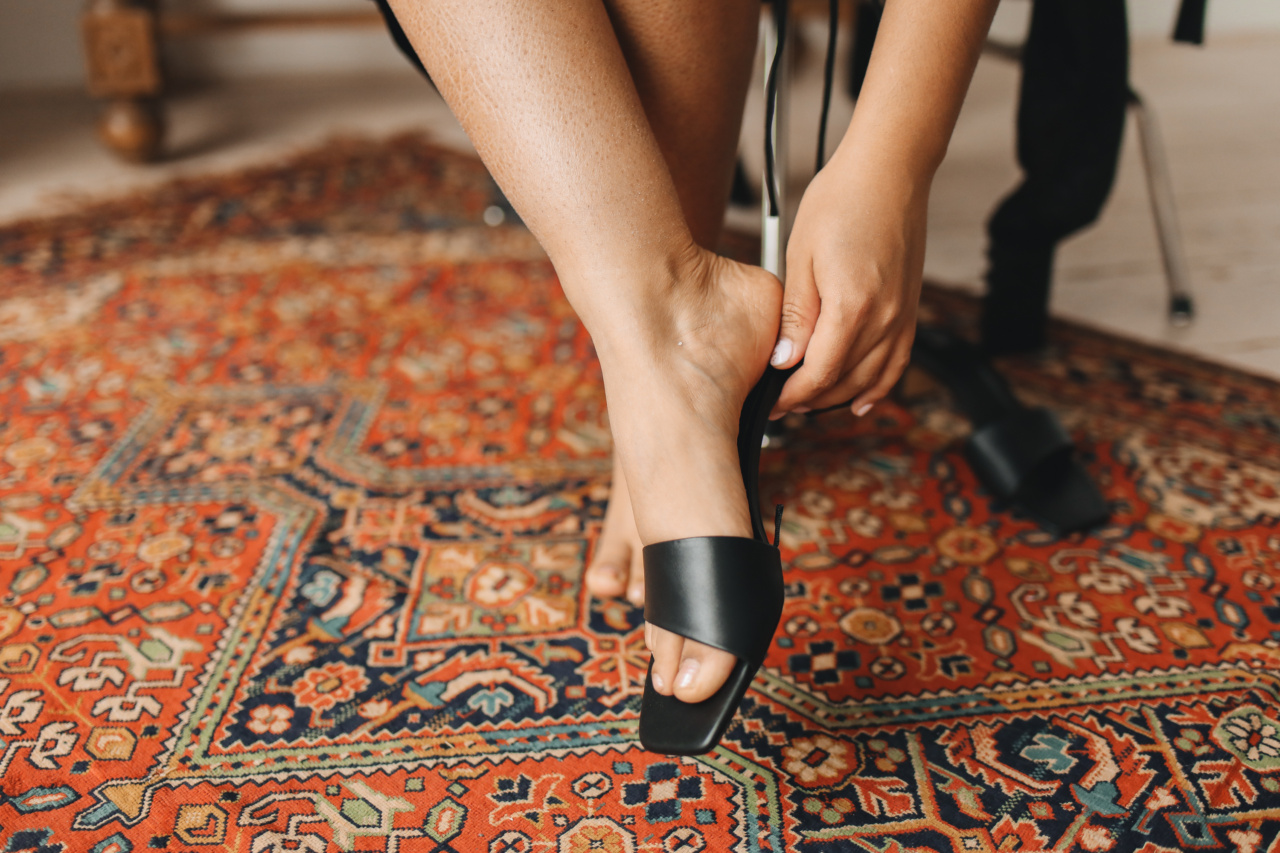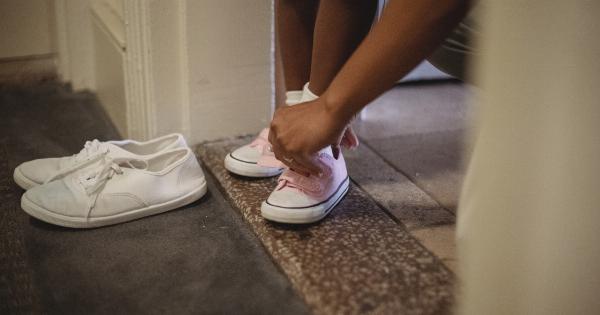Having proper footwear is an essential aspect of our daily lives. Whether we are walking, running, or engaging in any physical activity, the shoes we wear play a vital role in maintaining our comfort, stability, and overall foot health.
Wearing the wrong shoes, however, can have significant consequences on our feet and even our entire body. In this article, we will explore the dangers of wearing the wrong shoes and why it is crucial to choose footwear that fits properly and provides adequate support.
1. Foot Pain and Discomfort
One of the most common risks associated with wearing ill-fitting or inappropriate shoes is foot pain and discomfort. Shoes that are too tight can cause blisters, corns, calluses, and ingrown toenails.
On the other hand, shoes that are too loose can lead to friction and rubbing, resulting in painful blisters. Moreover, shoes lacking proper arch support or cushioning can cause heel pain, plantar fasciitis, and metatarsalgia.
2. Trip and Fall Hazards
The wrong shoes can significantly increase the risk of accidents, particularly trips and falls. Shoes that have worn-out soles or lack sufficient traction can cause slips and falls, especially on slippery surfaces.
Moreover, high-heeled shoes or those with unstable platforms can throw off your balance and increase the likelihood of stumbling or twisting an ankle. It is essential to choose shoes with proper grip and stability to reduce the chances of such accidents.
3. Muscular Imbalances and Injuries
Wearing shoes that do not provide appropriate support and stability can result in muscular imbalances and injuries.
Shoes with inadequate arch support or improper shock absorption can lead to overpronation (inward rolling of the foot) or supination (outward rolling of the foot). These abnormal foot movements can cause strain on the muscles and ligaments, contributing to conditions like shin splints, Achilles tendonitis, and lower back pain.
4. Decreased Athletic Performance
If you are an athlete or engage in regular physical activities, wearing the wrong shoes can impair your performance.
Shoes that do not match the specific requirements of your activity or fail to provide proper cushioning and support can hinder your agility, speed, and overall performance. Whether it’s running, playing tennis, or participating in any other sports, investing in appropriate sports shoes is crucial to optimize your performance and minimize the risk of injuries.
5. Impact on Joint Health
Poorly fitting shoes can have long-term consequences on joint health. Inadequate shock absorption and lack of cushioning can place excess stress on your joints, primarily on the knees and hips.
Over time, this can lead to joint pain, arthritis, and other degenerative conditions. Shoes that do not provide proper stability can also contribute to misalignment of the joints, increasing the risk of conditions such as bunions, hammertoes, and osteoarthritis.
6. Developmental Issues in Children
It is crucial to pay attention to the shoes children wear as their feet are still developing. Wearing shoes that are too tight or restrict natural foot movements can interfere with proper growth and biomechanics of the feet.
This can lead to issues like flat feet, toe deformities, and gait abnormalities. Providing children with well-fitting and supportive shoes is essential for their overall foot development and long-term foot health.
7. Circulation Problems
Shoes that are too tight or have a narrow toe box can constrict blood flow to the feet. Reduced circulation can lead to discomfort, numbness, and even more severe conditions like peripheral artery disease.
Conditions such as diabetes or peripheral neuropathy require extra care, as they can increase the risk of foot ulcers and infections due to poor blood circulation. Choosing shoes with adequate space for the toes and good blood flow is essential for maintaining proper foot circulation.
8. Influence on Posture
The shoes we wear have a significant impact on our posture. Shoes without proper arch support or those with an elevated heel can throw off the body’s alignment, leading to poor posture.
This can cause strain on various parts of the body, including the feet, knees, hips, and back. Over time, it can result in chronic pain, muscle imbalances, and even spinal issues. Wearing shoes that promote proper alignment and support is vital for maintaining good posture.
9. Skin and Nail Infections
Wearing the wrong shoes can also increase the risk of skin and nail infections. Tight or closed shoes provide an ideal environment for the growth of fungi that cause conditions like athlete’s foot, fungal nail infections, and foot odor.
Additionally, shoes that do not allow proper ventilation and moisture-wicking can lead to excessive sweating and dampness, creating a breeding ground for bacteria. Choosing breathable and moisture-absorbing footwear can help prevent these infections.
10. Psychological Impact
Lastly, it is essential to consider the psychological impact of wearing the wrong shoes. Constant pain, discomfort, or embarrassment caused by ill-fitting or unsuitable shoes can significantly affect your mood, self-esteem, and overall well-being.
Shoes that do not make you feel confident or comfortable can hinder your enjoyment of various activities and negatively impact your self-image.
Conclusion
The dangers of wearing the wrong shoes extend beyond just foot pain and discomfort.
Ill-fitting or inappropriate footwear can lead to various short-term and long-term complications, impacting your overall foot health, posture, joint health, and athletic performance. It is essential to choose the right shoes that provide adequate support, stability, and comfort for your specific activity. Remember, investing in the right shoes is an investment in your foot health and overall well-being.































